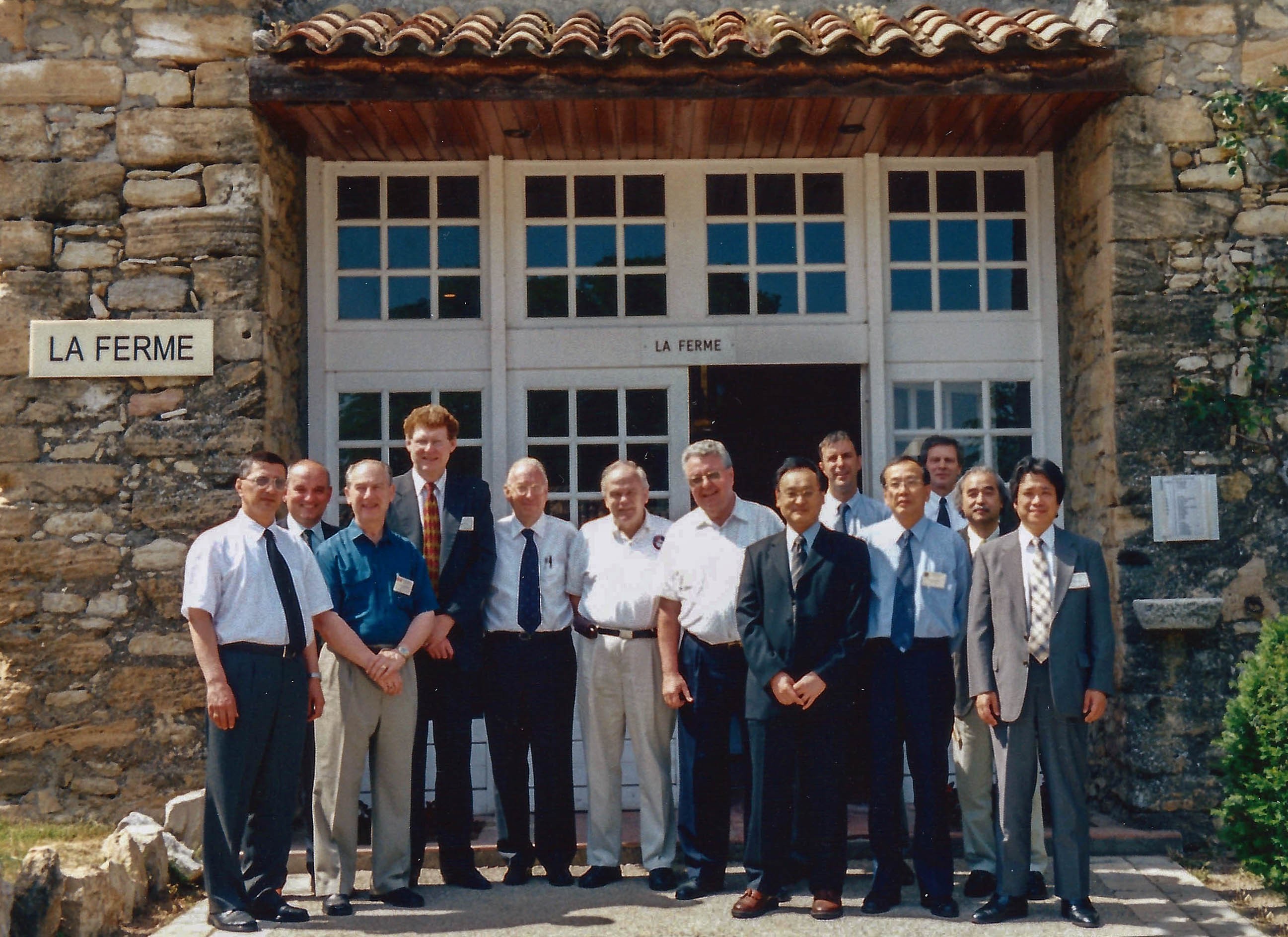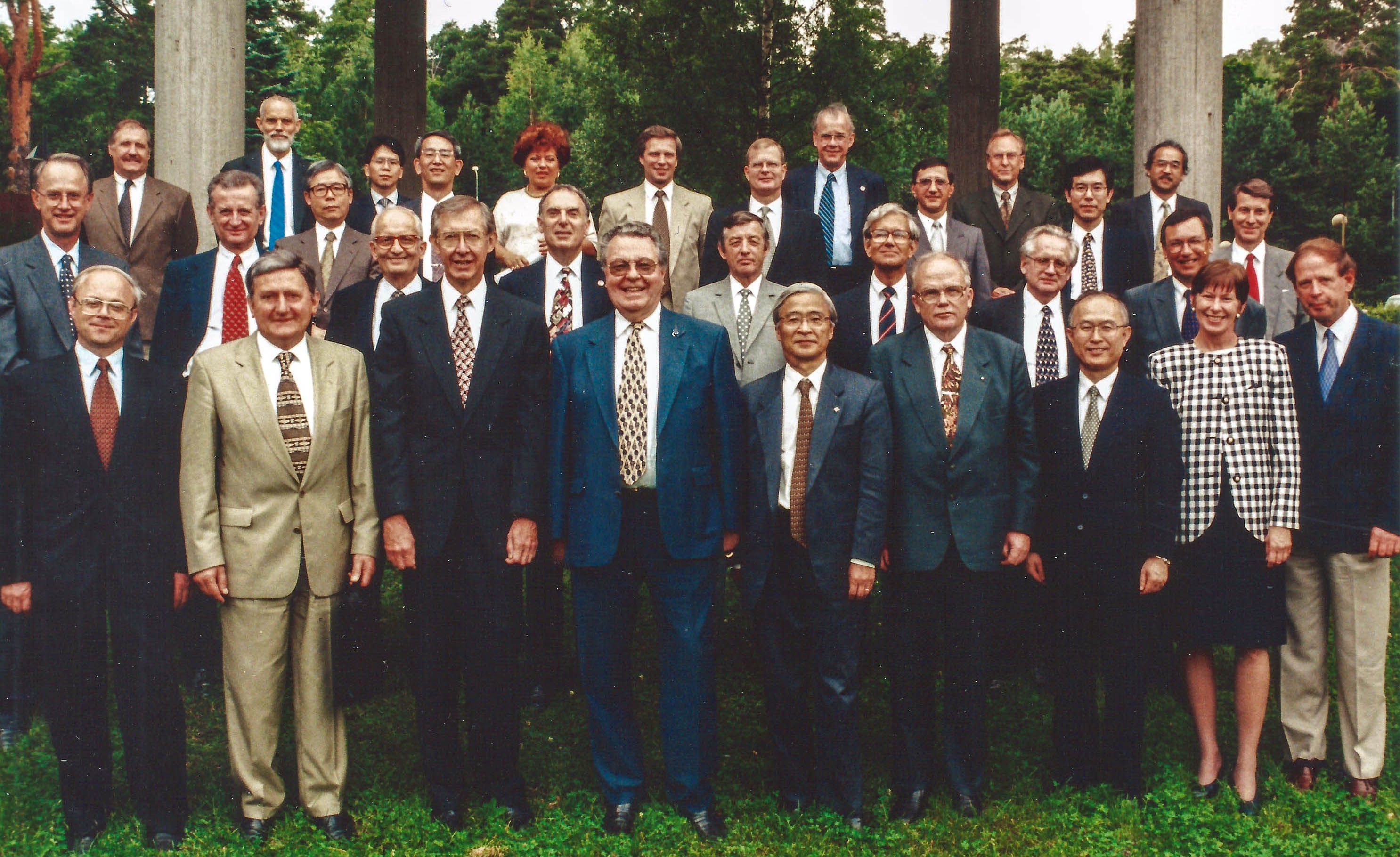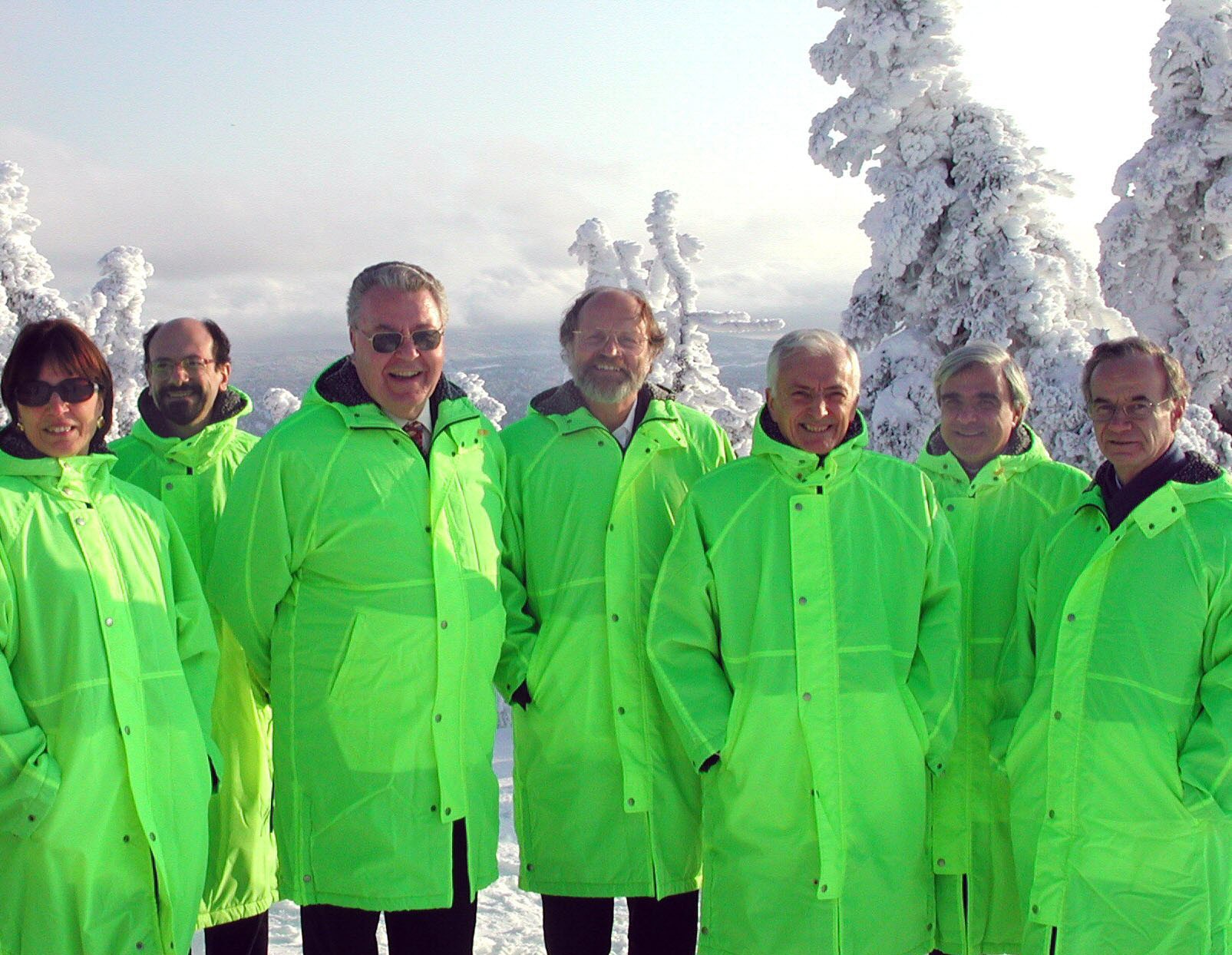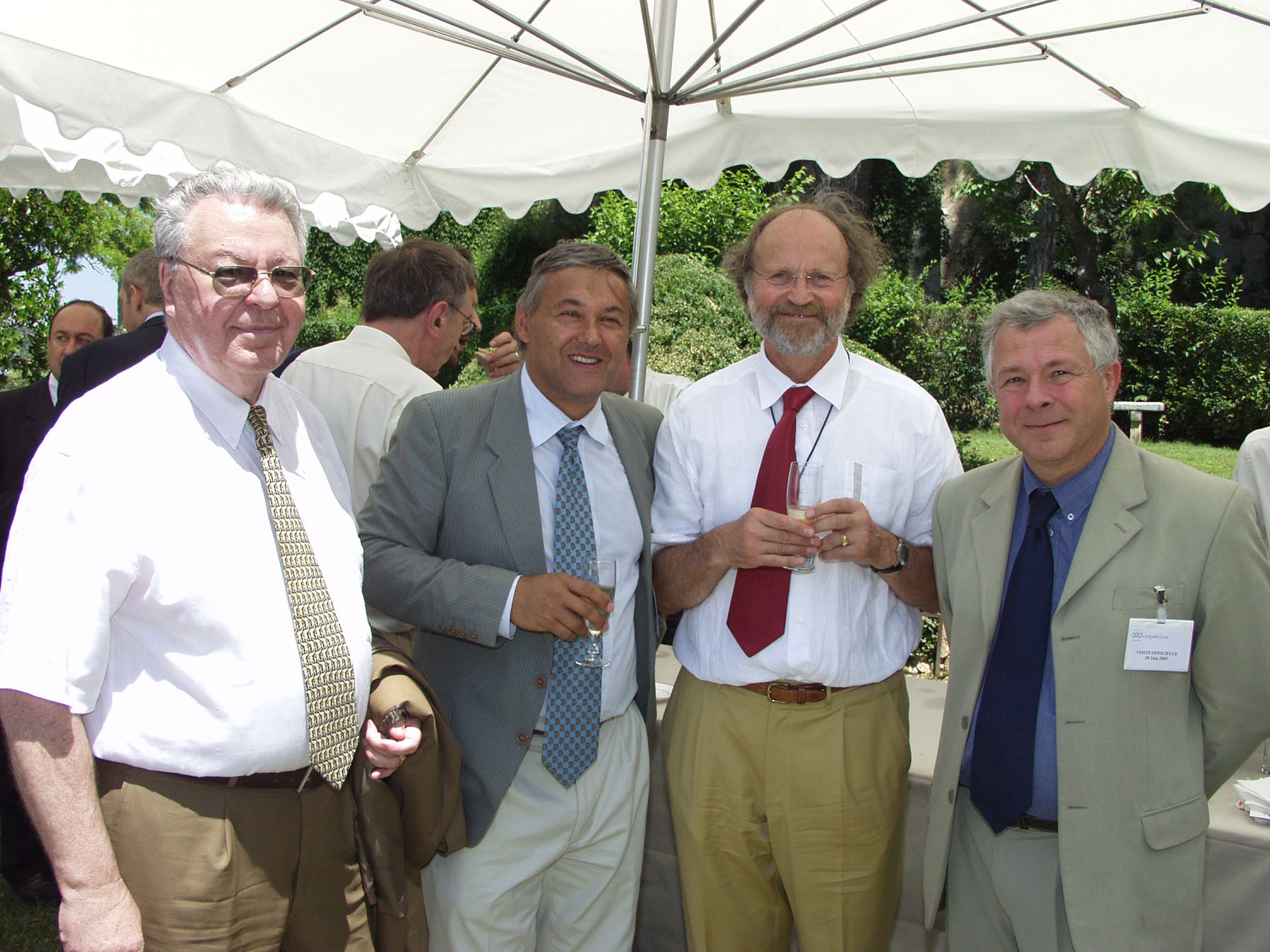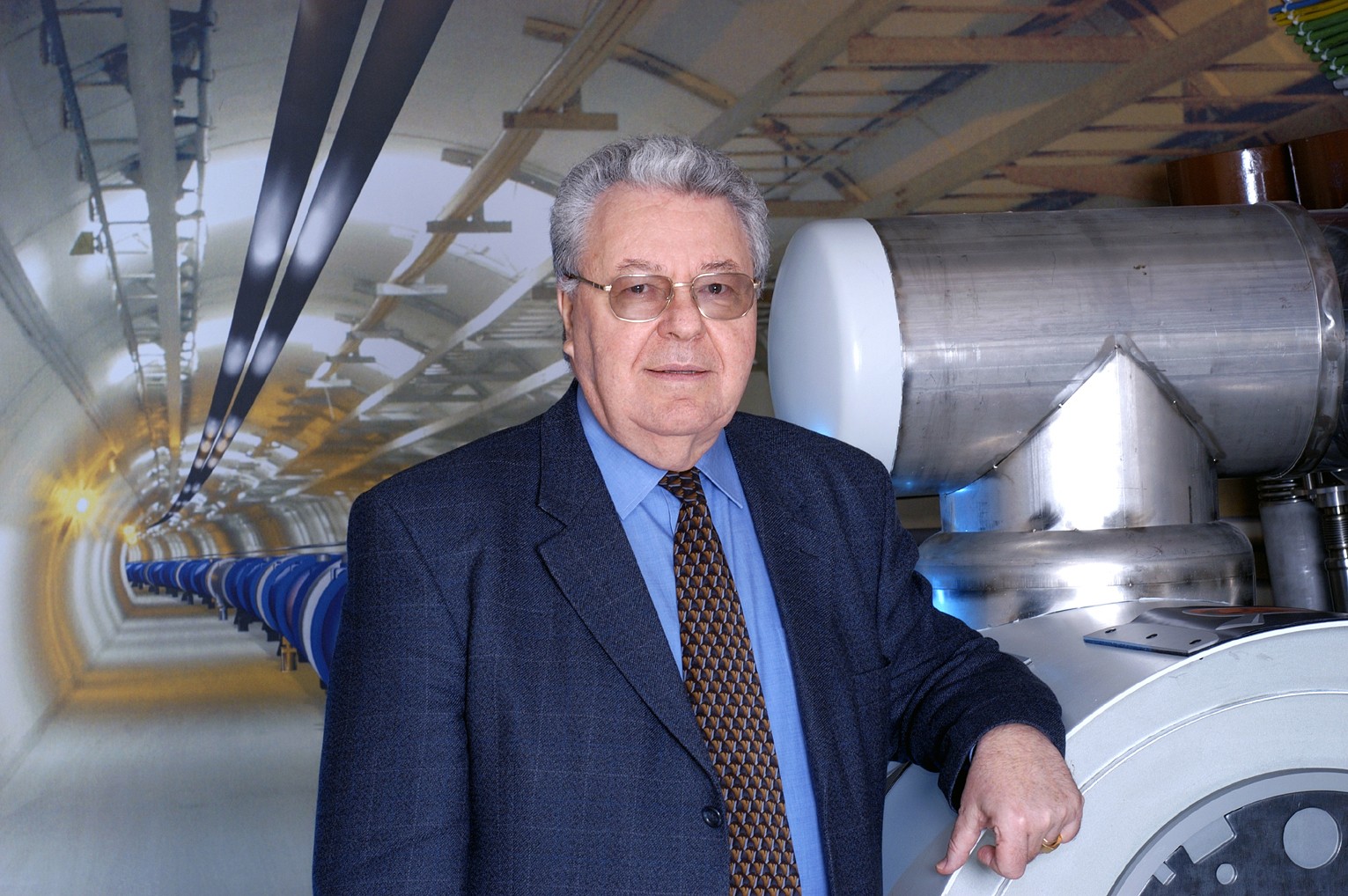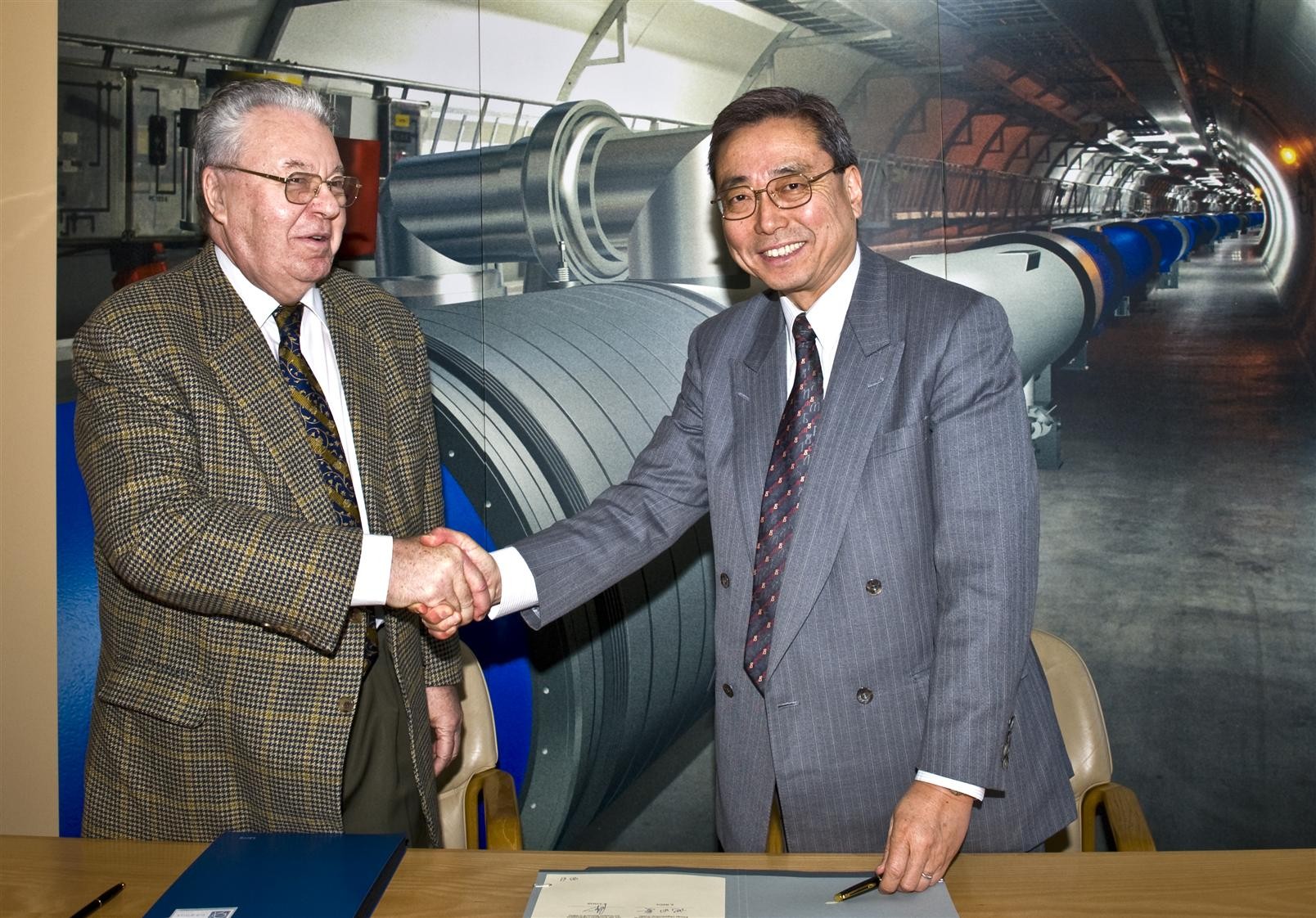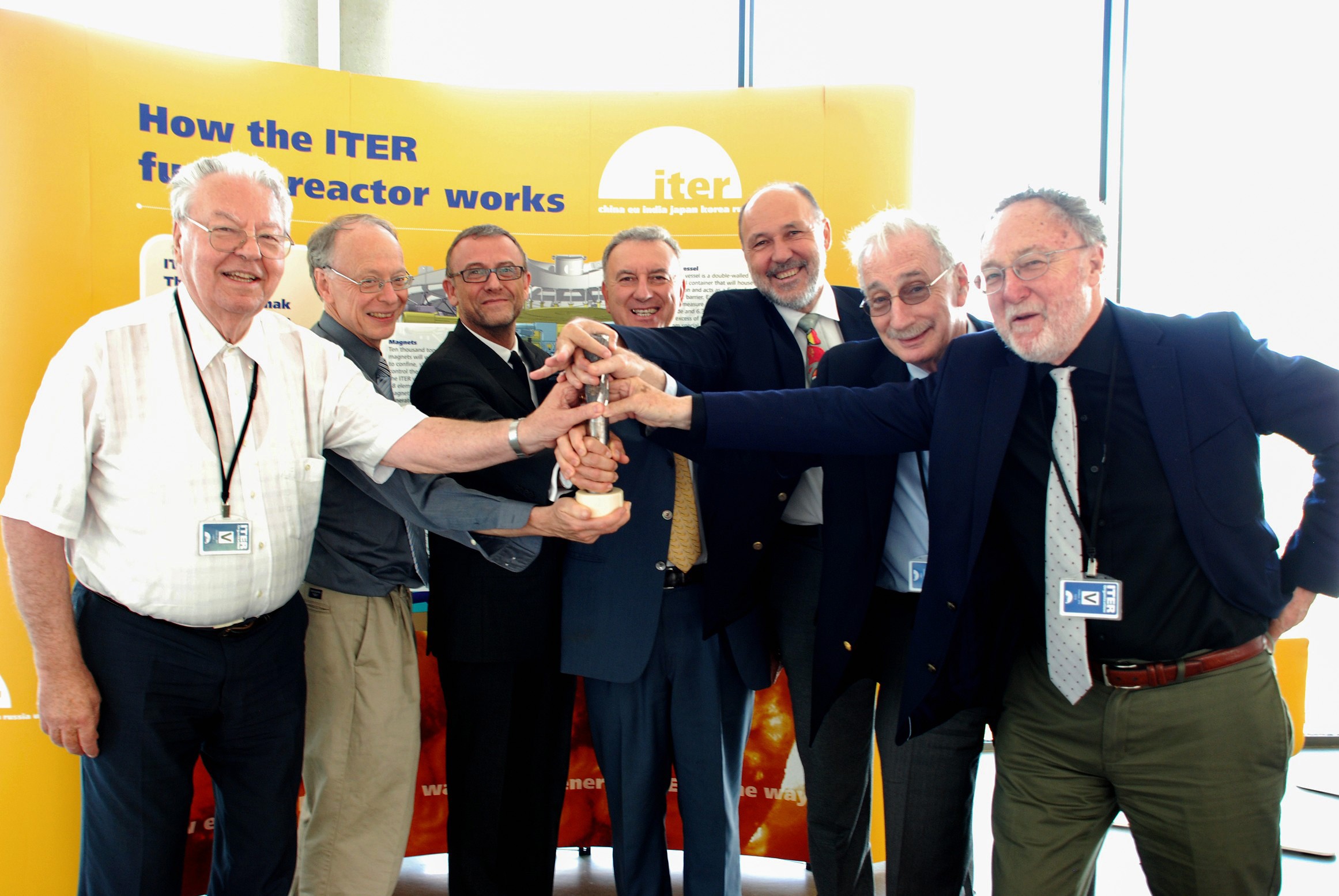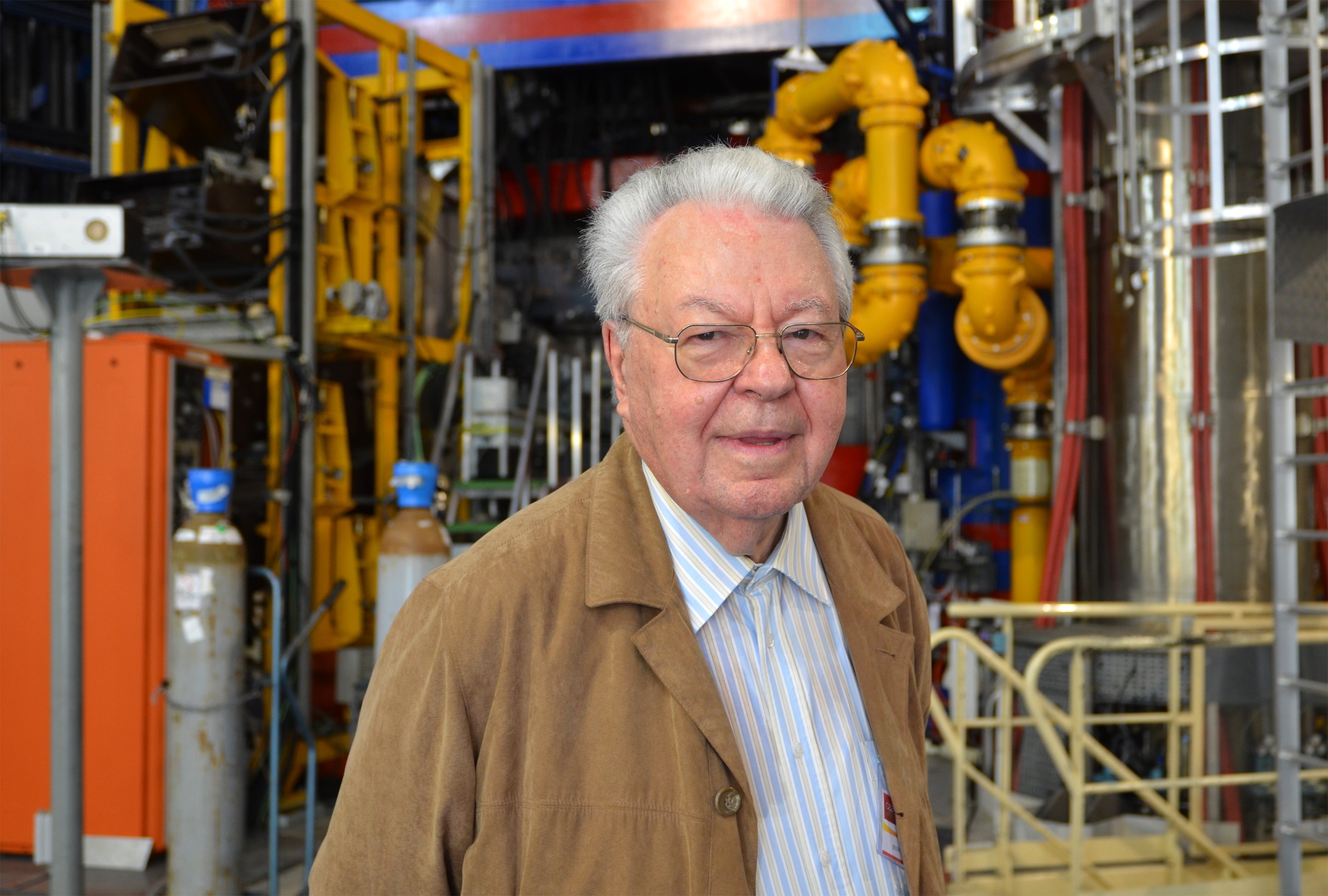A vision turned into reality
Robert Aymar, who played a key role in the development of fusion research in France and worldwide, and who headed the ITER project for 10 years (1993-2003) before serving as CERN Director General from 2004 to 2008, passed away last week at age 88.
For all those who knew him, Aymar was an inspiring figure. "He was the most consequential leader that the ITER project ever had," wrote ITER Director-General Pietro Barabaschi in an email to ITER staff. "He was a man who combined technical knowledge, sense of duty, humanity, and political skills." The two men had worked closely together in the early 2000s.
A graduate of the elite École Polytechnique, Robert Aymar joined the French Commissariat à l'énergie atomique (CEA) in 1959 at age 23. Fusion research was in its infancy, but the young physicist believed in its formidable potential and devoted the whole of his professional life to achieving it. He initiated the Tore Supra (now WEST) project in 1977 and headed it through construction and early operation (1988) before being appointed director of the Sciences of Matter Department at CEA. Until then, French fusion research had been scattered over several sites in the Paris region, Grenoble and Cadarache. Pursuing a mighty vision, Aymar decided to bring it all to Cadarache and to gather it around Tore Supra—at the time one of the largest tokamaks in the world.
The vision was ITER, then a frail "paper project" initiated in 1985 by the Soviet Union and the United States and backed by Europe and Japan. Aymar believed in this unique international collaboration "for the benefit of all mankind" and knew, as he explained later during a visit to the ITER site in 2011, that "one day" ITER would need a home and that Cadarache had what it took to provide it.
In the mid-1990s, when the "paper project" was moving from conceptual to engineering design, Robert Aymar was appointed to lead the teams that operated from Naka (Japan), San Diego (USA) and Munich-Garching (Germany). It is under his stewardship that a first final design was completed—a design that ended up being considered too ambitious and that was eventually resized to the ITER as we know it.
Aymar headed ITER for 10 years, from 1993 to 2003, and remained close to the project throughout the rest of his career as CERN Director General and later as the "grandfather" of the French fusion community and extended ITER family.
In one of his last visits to Cadarache to celebrate WEST's first plasma, in May 2017, he played the part well, telling the "story of our family," praising the "vision turned into reality" and celebrating the "building of human capital" that would one day take fusion into the industrial age.
For all those who knew him, Robert Aymar will remain a larger-than-life figure with, in the words of Director-General Barabaschi, a "broad knowledge of engineering, technology, and physics, as well as a strong intellect." And a strong sense of humour. He will be remembered with respect and affection.



